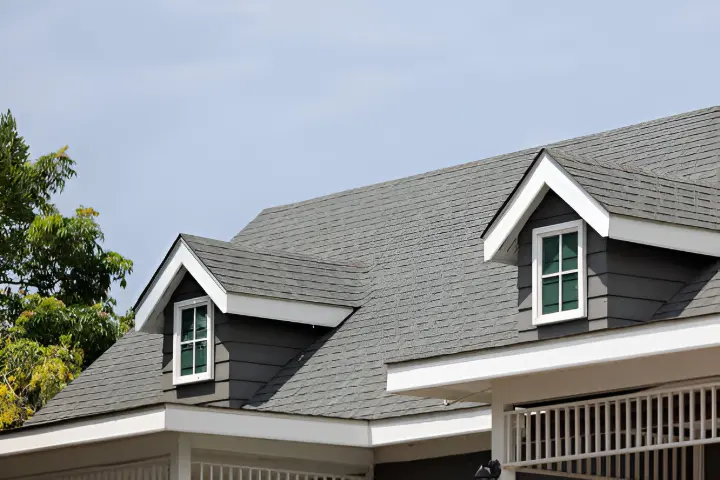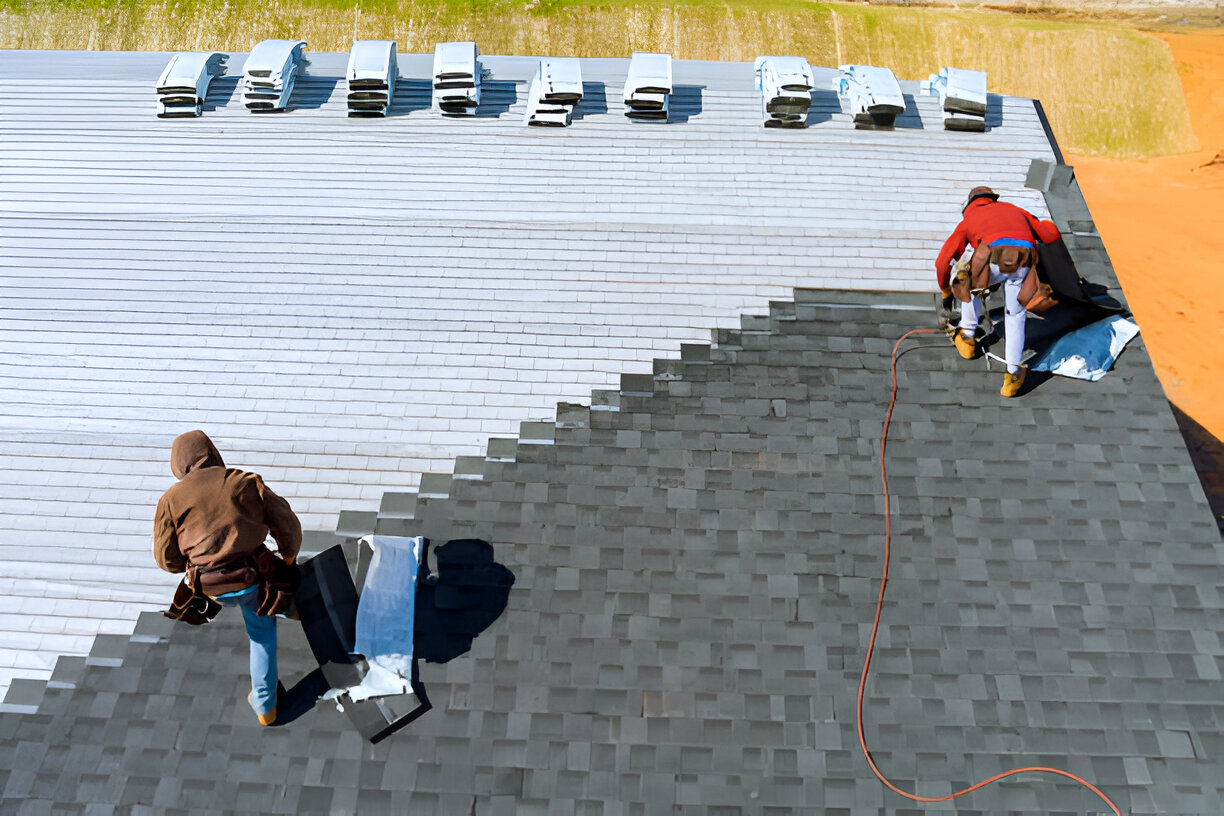
A well-maintained roof is essential for protecting your home from the elements and ensuring long-term structural integrity. However, no roof lasts forever, and knowing when to replace it can save you from costly repairs and potential damage. If you’re unsure whether your roof needs replacing, this guide will help you identify key warning signs and determine the best time for a roof replacement.
Age of Your Roof
The age of your roof is one of the most important criteria in assessing whether you need a new one. Different roofing materials have varying lifespans:
- Asphalt shingles: 20-30 years
- Metal roofing: 40-70 years
- Wood shingles/shakes: 25-40 years
- Clay or concrete tiles: 50-100 years
- Slate roofing: 75-200 years
If your roof is approaching the end of its expected lifespan, it may be time to consider a replacement before major problems arise. A house specialist can help assess the condition of your roof and determine whether a replacement is necessary. Their expertise can guide you in choosing the right materials and ensuring a seamless installation process.
Frequent Leaks and Water Damage
If you notice persistent leaks or water stains on your ceilings and walls, it may indicate a failing roof in Chambersburg. While minor leaks can often be repaired, widespread or recurring water damage suggests that the roofing system has deteriorated beyond repair.
Look for signs such as:
- Water stains on ceilings or walls
- Mold or mildew growth
- Sagging or rotting in the attic
- Dripping water during rainfall
Ignoring leaks can lead to severe structural damage and costly interior repairs, making timely roof replacement essential.
Damaged or Missing Shingles
Shingles play a crucial role in protecting your home from moisture and weather conditions. Over time, they can become damaged due to wind, rain, and exposure to sunlight. Signs of shingle wear include:
- Curling or buckling shingles
- Missing or broken shingles
- Granule loss (visible in gutters)
- Bald spots on the roof surface
If a significant portion of your roof is affected, a full replacement is more cost-effective than frequent repairs.
Visible Sagging or Structural Issues
A sagging roof is a serious issue that indicates underlying structural problems. Chambersburg roofing experts recommend addressing this immediately. This could be due to:
- Weakened roof decking
- Water damage or rot
- Poor initial installation
If you notice any sagging areas, it’s crucial to schedule a professional inspection immediately. Delaying action could result in roof collapse and extensive property damage.
Rising Energy Bills
An aging or damaged roof can lead to poor insulation, causing your heating and cooling systems to work harder. If you’ve noticed a sudden spike in energy costs, your roof may no longer provide adequate insulation. A new roof with energy-efficient materials can help regulate indoor temperatures and reduce utility bills.
Moss, Algae, or Mold Growth
Excessive moss, algae, or mold growth on your roof can indicate trapped moisture, which can weaken the roofing structure over time. While some growth can be removed with cleaning, persistent issues may require a roof replacement to prevent further deterioration.
Storm or Weather Damage
Severe weather conditions such as hailstorms, hurricanes, or heavy snowfall can cause extensive roof damage. Common storm-related roofing issues include:
- Dented or cracked shingles
- Torn or missing flashing
- Water intrusion
If your roof has sustained significant storm damage, replacing it may be the safest and most effective solution.
Frequent Repairs Are Adding Up
If you find yourself constantly repairing your roof, the cost of maintenance may exceed the price of a full replacement. Investing in a new, durable roof can provide peace of mind and save you money in the long run.
When Is the Best Time to Replace a Roof

Timing your roof replacement correctly can help minimize costs and disruptions. Recognizing the Early Signs of Roof Damage can prevent costly repairs. Consider the following:
- Spring and Summer: Ideal for roofing projects due to mild weather and longer daylight hours.
- Fall: A great time for roof replacement as temperatures are cooler, and contractors are less busy.
- Winter: Possible but more challenging due to cold weather and potential delays.
Final Thoughts
Recognizing when to replace your roof is crucial for protecting your home and avoiding costly repairs. If you notice any of the warning signs mentioned above, consult a professional roofing contractor for an inspection. Replacing your roof at the right time ensures a safer, more energy-efficient home while adding value to your property.